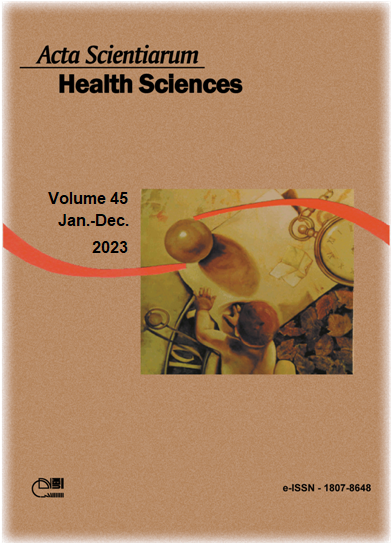Tragacanth and xanthan gum natural polymers for formulation of clotrimazole mucoadhesive gel
Resumen
Clotrimazole is an antifungal agent, widely used in vulvovaginal and oropharyngeal candidiasis. Currently available clotrimazole (especially vaginal) dosage forms, have some limitations, including: leakage, messiness and low residence time, which leads to poor patient compliance. Therefore, in this study, a clotrimazole mucoadhesive gel has been developed as a suitable strategy due to their high water content, increased local retention time, lubrication and patient compliance. Xanthan gum and tragacanth with different portions were utilized as natural mucoadhesive gel forming polymers. Gel formulations were subjected to physico-chemical evaluations including gel viscosity, FTIR spectroscopy, spreadability, scanning electron microscopy (SEM) images of hydrogel chains, and release kinetic. Results demonstrated that among 8 developed formulas, formulation F1 showed the appropriate properties including controlled drug release (63.13% in 6h) with higuchi release kinetic, higher mucoadhesion (77.71 dyne cm-1) and drug content (94.47%) and relatively low spreadability (3.5 cm) which is suitable for local drug delivery. FTIR spectroscopy revealed there is not incompatibility between clotrimazole and other excipients in formulations. Combination of natural polysaccharides can form a proper mucoadhesive gel matrix for delivery of synthetic or natural drugs.
Descargas
DECLARAÇÃO DE ORIGINALIDADE E DIREITOS AUTORAIS
Declaro que o presente artigo é original, não tendo sido submetido à publicação em qualquer outro periódico nacional ou internacional, quer seja em parte ou em sua totalidade.
Os direitos autorais pertencem exclusivamente aos autores. Os direitos de licenciamento utilizados pelo periódico é a licença Creative Commons Attribution 4.0 (CC BY 4.0): são permitidos o acompartilhamento (cópia e distribuição do material em qualqer meio ou formato) e adaptação (remix, transformação e criação de material a partir do conteúdo assim licenciado para quaisquer fins, inclusive comerciais.
Recomenda-se a leitura desse link para maiores informações sobre o tema: fornecimento de créditos e referências de forma correta, entre outros detalhes cruciais para uso adequado do material licenciado.























5.png)







